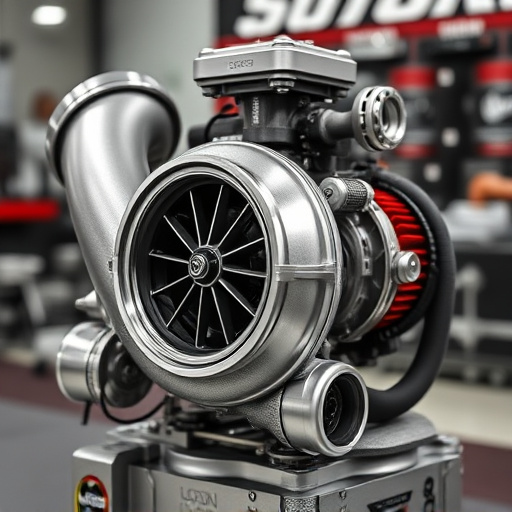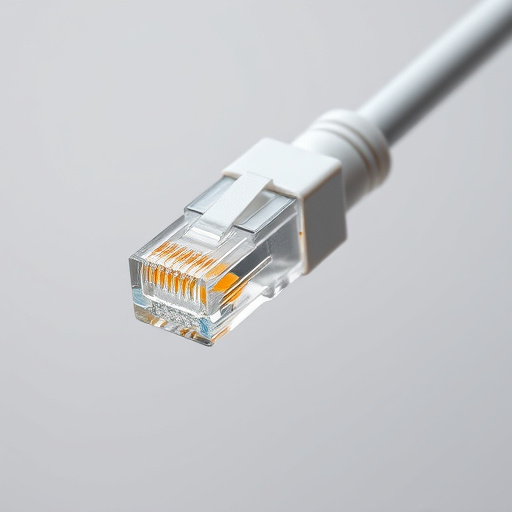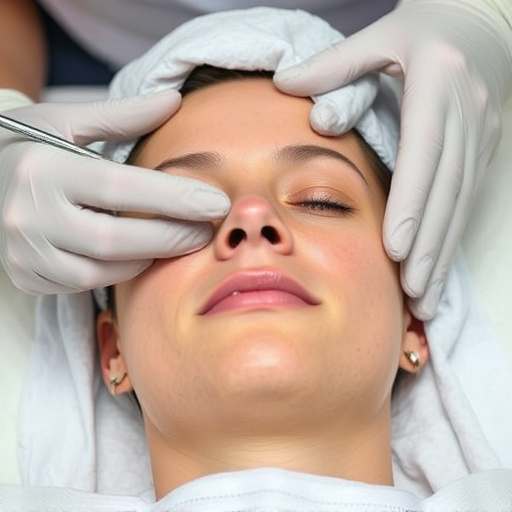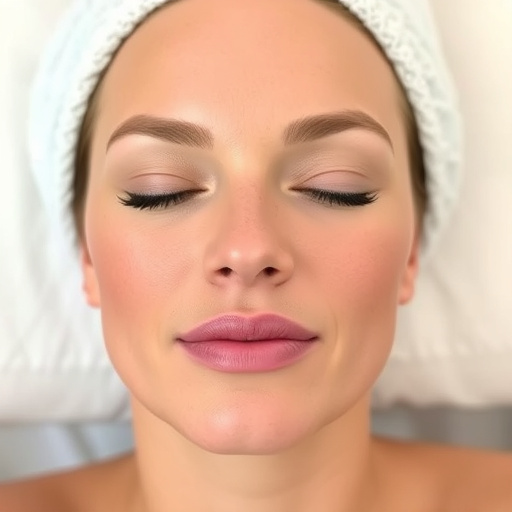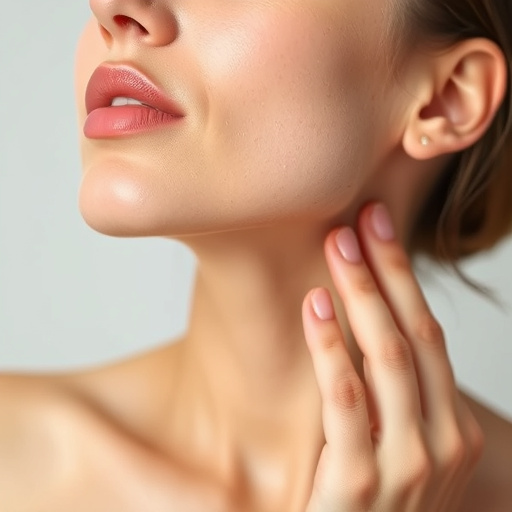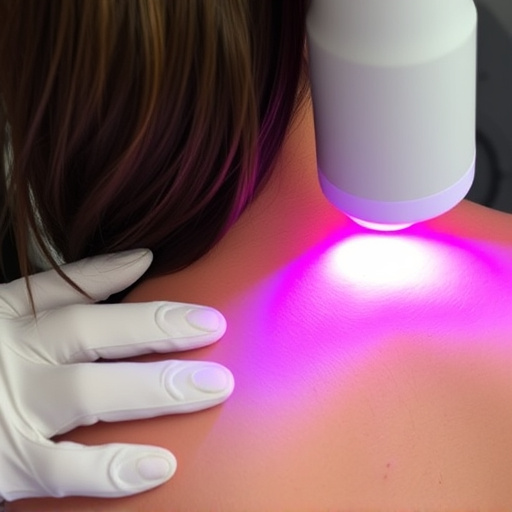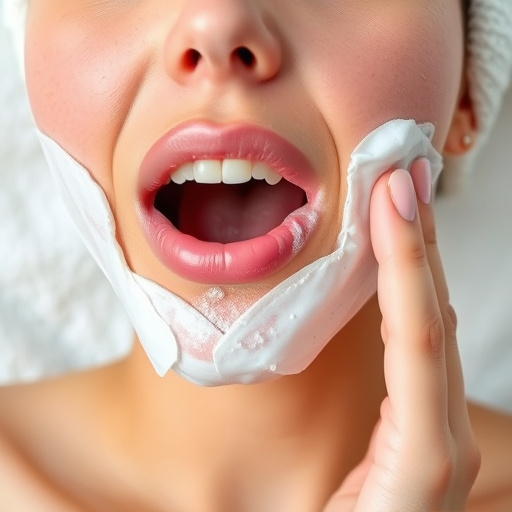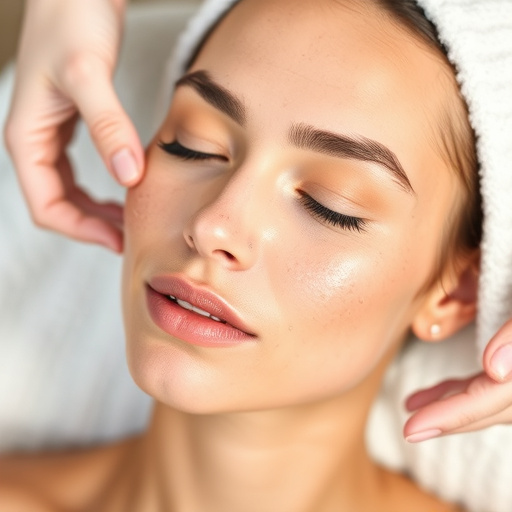Permanent hair removal provides a lasting solution for unwanted body hair, with advanced technologies like lasers and intense pulsed light (IPL) targeting melanin in follicles. Effective on various areas including legs, underarms, and face, these treatments also offer skin texture improvement, wrinkle reduction, and acne scar enhancement. Some techniques even include skin tightening benefits. While safe when professionally administered, potential side effects include redness, swelling, irritation, blistering, or infection, requiring proper post-procedure care. Customized facials and aesthetic treatments can optimize recovery and skin health after permanent hair removal.
Considering permanent hair removal? You’re not alone. With various methods available, understanding what to expect is crucial for a smooth experience. This guide breaks down the basics of permanent hair removal, explores different techniques and their effectiveness, and prepares you for potential side effects. Whether laser, electrolysis or others, learn what to anticipate during and after treatment for lasting results.
- Understanding Permanent Hair Removal: The Basics
- Different Methods and Their Effectiveness
- Potential Side Effects and What to Expect During and After Treatment
Understanding Permanent Hair Removal: The Basics
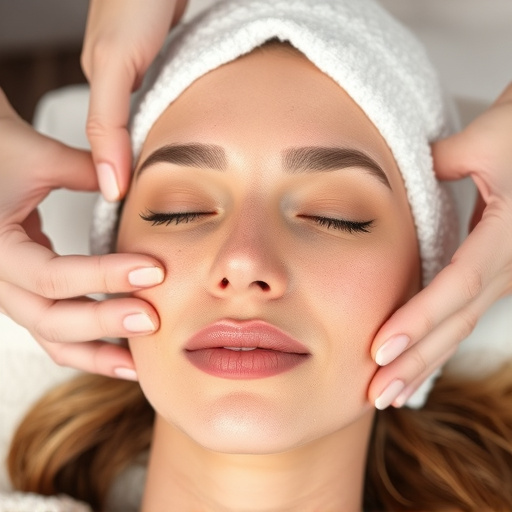
Permanent hair removal is a sought-after solution for many individuals aiming to get rid of unwanted body hair. Unlike traditional hair removal methods like shaving or waxing, which offer temporary results, permanent hair reduction treatments aim to destroy the hair follicle, preventing hair regrowth in the treated area. This procedure involves advanced technologies such as lasers or intense pulsed light (IPL), which target melanin in the hair and disrupt the growth cycle.
While often used for legs, underarms, and facial hair, these treatments can also be effective for reducing the appearance of fine lines and wrinkles, enhancing skin texture, and even addressing acne scars in some cases. Skin tightening and wrinkle reduction are additional benefits sometimes associated with certain permanent hair removal techniques, making them appealing choices for those seeking a range of aesthetic improvements beyond hair reduction.
Different Methods and Their Effectiveness
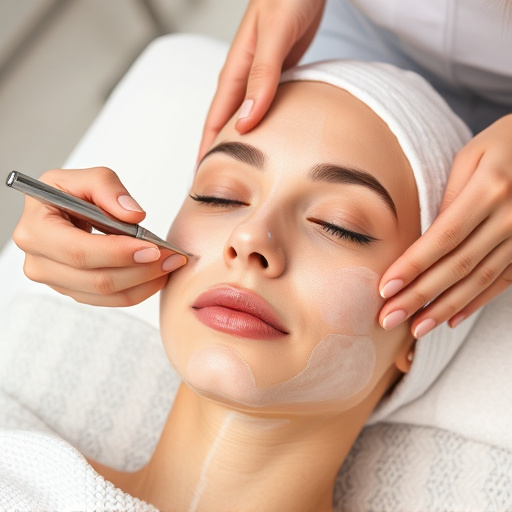
The world of permanent hair removal offers a plethora of options, each with its own unique effectiveness and suitability for different skin types. Traditional methods like shaving and waxing provide temporary solutions, but for those seeking long-lasting results, non-surgical treatments have emerged as game-changers. Laser hair removal is one such popular option, targeting specific hair follicles to inhibit future growth. This method is highly effective on coarser hairs and areas like legs, underarms, and facial hair.
Another approach involves intense pulsed light (IPL) therapy, which is particularly useful for lighter skin tones. Unlike laser treatments, IPL targets melanin in the skin as well as hair follicles, making it versatile for various skin types. Additionally, newer non-surgical treatments focus on hydrating facials and wrinkle reduction, combining skincare benefits with mild hair removal effects. These methods offer a more nuanced approach, catering to those seeking refined results without the potential side effects of surgical procedures.
Potential Side Effects and What to Expect During and After Treatment
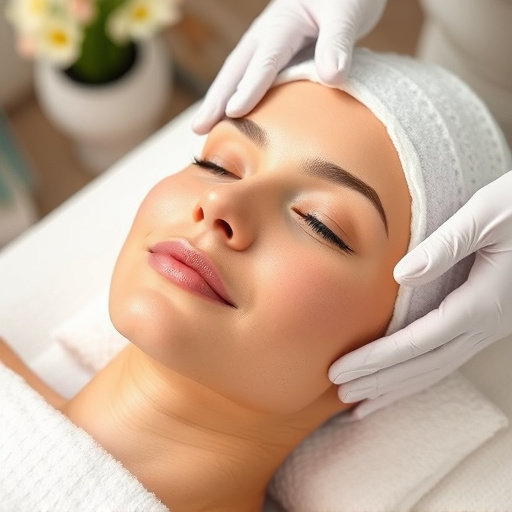
While permanent hair removal treatments offer significant benefits, it’s crucial to be aware of potential side effects before proceeding. Common temporary reactions include redness, swelling, and mild discomfort during and immediately after the procedure. These usually subside within a few hours to a couple of days. More serious, though rare, side effects may include skin irritation, blistering, or infection, especially if the treatment is not administered correctly.
After your permanent hair removal session, you can expect your treated area to feel sensitive and slightly inflamed. Itching and peeling are possible, but typically resolve within a week. To mitigate discomfort and promote healing, follow your dermatologist’s recommendations, which may include using soothing creams or avoiding strenuous activities for a few days. Remember, customized facials and aesthetic treatments designed to enhance the effects of permanent hair removal can also be beneficial, providing additional care for your skin post-procedure.
Permanent hair removal treatments offer a long-lasting solution to unwanted hair, providing convenience and confidence for those seeking smooth, hair-free skin. By understanding the various methods, their effectiveness, and potential side effects, you can make an informed decision on which treatment best suits your needs. Remember, each person’s experience is unique, so it’s crucial to consult with a qualified professional who can guide you through the process, ensuring a safe and successful outcome for achieving your desired level of hair reduction.
